The department of hearing sciences in concerned with identifying the different types of hearing loss, diagnostic assessments and rehabilitating individuals with hearing impairment. Here is a brief overview about hearing impairment, types of hearing loss and various diagnostic assessment procedures.
AUDIOLOGY DIAGNOSTICS
The objectives of audiology diagnostics are to assess, diagnose, and provide essential information regarding a person's hearing and balance function. These objectives are critical for understanding the nature and extent of auditory and vestibular disorders, ultimately leading to effective treatment and intervention. Here are the key objectives of audiology diagnostics:
- Assess Hearing Function: One of the primary objectives is to evaluate a person's hearing ability across different frequencies and intensity levels. This assessment helps determine the type, degree, and configuration of hearing loss, if present.
- Identify Hearing Disorders: Audiology diagnostics aim to identify various hearing disorders, including sensorineural hearing loss, conductive hearing loss, mixed hearing loss, and neural hearing disorders. Accurate diagnosis is essential for appropriate management.
- Determine the Underlying Causes: Identifying the underlying causes of hearing loss or balance disorders is crucial. Diagnostics help pinpoint causes such as genetic factors, noise exposure, ear infections, ototoxic medications, and neurological conditions.
- Characterize Tinnitus: For individuals experiencing tinnitus (ringing or buzzing in the ears), diagnostics help characterize the nature of the tinnitus, its pitch, loudness, and how it affects the individual's quality of life.
- Evaluate Vestibular Function: In cases of balance or dizziness problems, audiology diagnostics assess the function of the vestibular system. This includes identifying disorders like benign paroxysmal positional vertigo (BPPV), Meniere's disease, and vestibular neuritis.
- Monitor Changes Over Time: Diagnostics enable audiologists to monitor changes in hearing or balance function over time. This longitudinal assessment is vital for tracking the progression of disorders and the effectiveness of treatment
- Customize Treatment Plans: Accurate diagnostic information guides the development of personalized treatment plans. This may include hearing aids, cochlear implants, vestibular rehabilitation, medication, or surgical intervention, depending on the diagnosis.
- Provide Counseling and Education: Audiologists use diagnostic results to counsel patients and their families about the nature of their condition, treatment options, and strategies for managing hearing or balance disorders.
- Support Rehabilitation: For patients with hearing or balance deficits, diagnostics inform the rehabilitation process. Audiologists may recommend auditory training, communication strategies, and balance exercises to improve functional abilities.
- Contribute to Research: Audiologists also contribute to the field of audiology through research. Diagnostic data can be used to advance knowledge about hearing and balance disorders, leading to improved diagnostic techniques and treatment approaches
- Facilitate Early Intervention: Early diagnosis through audiology diagnostics is crucial, particularly in children with hearing impairments. Early intervention can significantly impact language development and academic success.
- Improve Quality of Life: Ultimately, the overarching objective of audiology diagnostics is to enhance the quality of life for individuals with hearing or balance disorders by addressing their specific needs and providing appropriate interventions.

 9606080651/653/654
9606080651/653/654